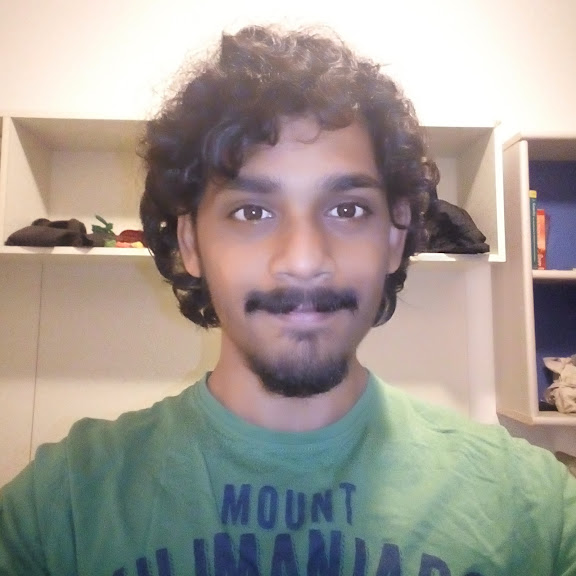Rahul Somasundaram
NP3M fellow, Los Alamos National Laboratory and Syracuse University
E-mail: rsomasun@syr.edu ; rsomasundaram@lanl.gov
CV Publications ListResearch Interests
Chiral effective field theory interactions, quantum Monte Carlo methods, machine learning and reduced order modeling for nuclear physics and astrophysics, gravitational-wave data analysis, third-generation gravitational-wave detectors.

About Rahul Somasundaram
I am a nuclear astrophysicist whose primary goal is to understand the nature of the densest matter in the universe. For this, I use a combination of theorertical and observational techniques. On the theory side, I have recently focused my attention on chiral effective field theory interactions. These effective models are now widely accepted to be the dominant framework to model the interaction between nucleons in few- and many-body nuclear systems, including the dense matter that inhabits the core of neutron stars.
In parallel, my reseach also focuses on how one can measure the equation of state of dense matter using observations of neutron stars, in particular using gravitational-wave observations of binary neutron star mergers. The few such observations made by our present gravitational-wave detectors have already given us non-trivial constraints on dense matter. Moreover, the proposed next-generation of gravitational-wave detectors will make detections that are orders of magnitude more sensitive to the properties of dense matter. Therefore, a significant part of my research is devoted to developing and communicating the scientific justification for the next-generation of gravitational-wave detectors such as Cosmic Explorer.
A couple of my recent research highlights along these lines include: